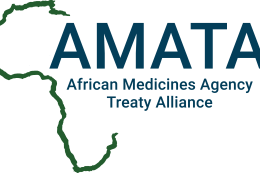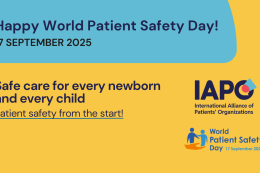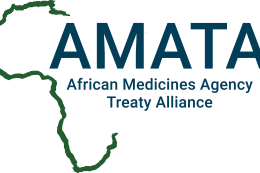Understanding the science of pain management

Q: What is the difference between acute and chronic pain?
Acute pain is a normal response to damage to one’s body and this may include a cut, infection, injury or fracture. Chronic pain is usually defined as lasting longer than three to six months, causing the nervous system to be altered and, therefore, making a person even more sensitive to pain stimuli.
Q: What is the pain scale and why is it important?
While there is no doubt that pain is physical and very real to the person, it is specific to that person based on his or her perception of it. Pain scales are used to assess pain in an objective manner, since everyone feels pain differently. Since it cannot be assessed by a scientific test or screening exam, the person is typically asked to relate the pain they are feeling on a scale from 1 to 10 — from none at all to the worst pain they have ever felt.
Q: In what circumstances is it used?
Pain scales are typically represented with emoji charts that show a range of emotions from happiness to misery. They are helpful to help indicate both acute and chronic pain, and can be very beneficial in situations where people are unable to articulate or communicate their level of pain effectively, such as with children or the elderly.
Q: What are some pain management treatments that are used at each level?
Treatment of an acute pain reaction should start with acetaminophen or NSAIDs (nonsteroidal anti-inflammatory drugs), sometimes in combination with topical analgesics (medicated creams, rubs and sprays). For chronic conditions, antidepressants can also be used for specific types of pain to help improve sleep and reduce symptoms. Neuropathic medications can be effective in treating pain related to nerve damage or injury. Due to their highly addictive nature, opiates should be reserved for severe pain and prescribed only when all other modalities and medications have been exhausted
Q: What are the benefits and risks associated with taking pain medications?
The benefits of taking pain medications are simply the reduction in pain, which can translate into an improved quality of life, better sleep, less anxiety and depression and perhaps a lowering of blood pressure and overall stress. Anyone taking medications should be closely followed by their physician since the risks of taking pain medications are significant:
Acetaminophen is fairly benign as long as it does not exceed more than 3000 mg in a 24-hour period. Inadvertent overdoses are common since it is present in a lot of over-the-counter medications used for other reasons (cold and cough meds, sleep aids, etc.). That’s why it is very important to read labels before taking anything that may include acetaminophen.
NSAIDs can cause bleeding, ulcers, kidney problems, and electrolyte imbalances. Long-term daily use beyond two years has been associated with an increased risk of cardiovascular issues.
Opiates have the most problematic downside, as has become increasingly clear given the opioid epidemic in our country. The short-term side effects of opioids and other narcotics are sedation, depression, constipation, confusion, and nausea. Tolerance and addiction occur with opiates and physical withdrawal symptoms can be diarrhea, depression, irritability, nausea, and tremors.
Q: Can pain be relieved without taking medications? What are the alternatives?
Alternatives to medication include: physical therapy, which can slowly build tolerance and reduce pain; relaxation techniques such as yoga, meditation and mindfulness training to help relieve stress; biofeedback, which teaches control over muscle tension, temperature, heart rate and more; and acupuncture/acupressure or osteopathic manipulation/exercise that use techniques involving stretching, gentle pressure and resistance and which are particularly helpful for patients with fibromyalgia. Ultimately, all patients deserve to be as pain free as possible. Working closely with your physician to develop goals and objectives for pain control, while working to correct the underlying cause, are key for proper pain management.



